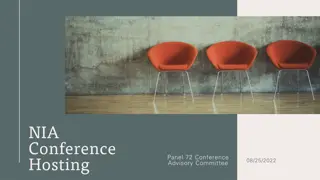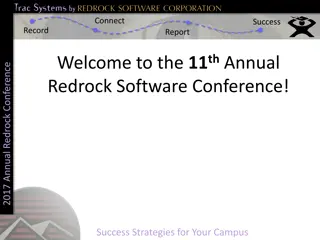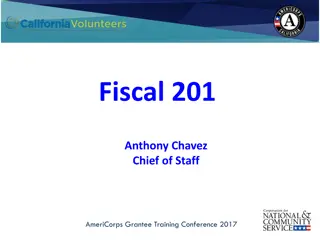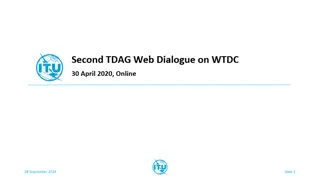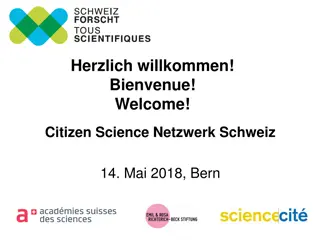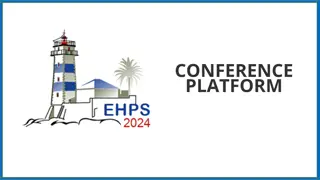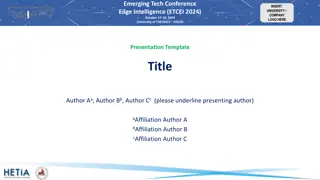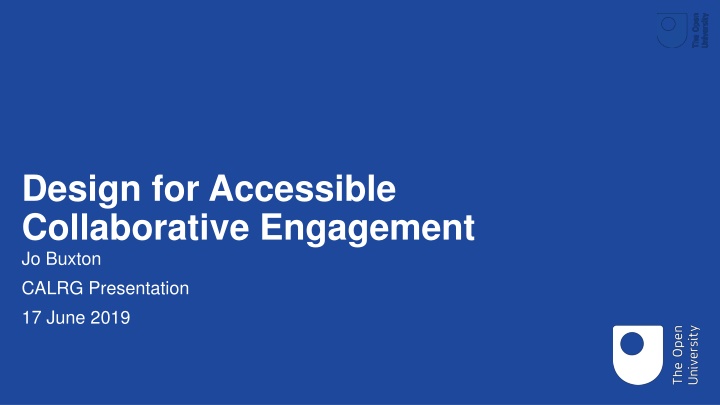
Improving Online Collaborative Learning for Students with Disabilities
Explore the challenges and solutions for enhancing inclusivity in online collaborative learning for students with sensory impairments. The research focuses on the barriers, interventions, and stakeholder involvement in creating a more accessible educational environment.
Download Presentation

Please find below an Image/Link to download the presentation.
The content on the website is provided AS IS for your information and personal use only. It may not be sold, licensed, or shared on other websites without obtaining consent from the author. If you encounter any issues during the download, it is possible that the publisher has removed the file from their server.
You are allowed to download the files provided on this website for personal or commercial use, subject to the condition that they are used lawfully. All files are the property of their respective owners.
The content on the website is provided AS IS for your information and personal use only. It may not be sold, licensed, or shared on other websites without obtaining consent from the author.
E N D
Presentation Transcript
Design for Accessible Collaborative Engagement Jo Buxton CALRG Presentation 17 June 2019
THE ISSUES AS I PERCEIVED THEM Synchronous / asynchronous Multiple simultaneous activities / communications Technical: web cams, bandwidth, assistive technologies Delays due to screen readers, BSL interpreters etc. Peer and tutor awareness
FOCUS OF STUDY THE OPEN UNIVERSITY The context of this research project will be the Open University. This is the largest academic institution in the UK has been at the forefront of distance learning since its inception 50 years ago has the largest proportion of disabled students of any HE institution in the UK and is at the forefront of online learning. It therefore seems the ideal context for this research. 6
RESEARCH QUESTIONS RQ1 How do we improve inclusively in online collaborative learning for students with sensory impairments? RQ2 What types of engagement are there and how can we evaluate/quantify engagement? RQ3 What are the barriers to engagement for collaborative activities? RQ4 What are the particular issues raised by synchronous collaboration? RQ5 How can we support students to engage? RQ6 What interventions can we design that might improve inclusivity?
STAKEHOLDERS The Student population in general Students with Hearing impairment Students with Visual Impairments Students with Hearing and Visual Impairments Associate lecturers/tutors/staff tutors Modules teams Academics Disability support Anyone else involved
Proposed Research The Studies
Theory: Learning Design, Collaboration, Accessibility THE STUDIES Activities DBR Group Study 2 Study 1 Stakeholder Perspectives -Focus Group Student Perspective -Online Survey Cross-faculty student survey -Interviews Focus on students with declared visual/hearing impairments Staff Design Based Research Perspective -Interviews Associate Lecturers, Staff Tutors, Module Team Members, Student Services, Academics Analysis Formed from participants from studies 1 and 2 Interventions Redesign Design Implementation Online Platform
Pilot Study: Is there a problem?
PILOT STUDY BARRIERS AND THEMES The pilot study was conducted to get an understanding of the barriers to engagement by interviewing a small number of representatives of the involved groups: students, associate lecturers and module/faculty team members with responsibility for accessibility and/or accessibility testing. The intention is to get a broad understanding of the issues involved. Thematic analysis used. Participants were identified from persons already involved in disability groups/committees or roles within the Open University. Data from this will feed into studies 1 and 2.
PILOT STUDY PARTICIPANTS Disability Representative Associate Lecturer Staff Member Student 1 Student 2 Member of the Disabled Students Group Hearing and Sight Impaired Active AL Tutor Sight Impaired Academic Disability Specialist Level 2 student Hearing impaired Level 2 student Hearing impaired 14
PILOT THEMES Self-advocacy Using assistive technologies Peer and tutor awareness
Study Base: The Learning Platform 1 6
https://learn1.open.ac.uk/course/view.php?id=100182 THE LEARNING PLATFORM




